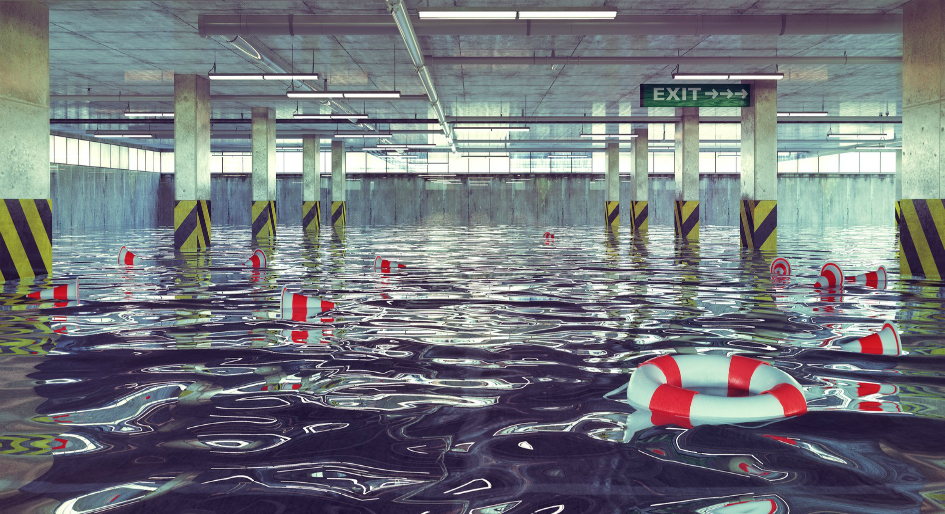Three-in-five Canadians are worried about the potential consequences that flooding and severe rain events may cause during the spring season, according to new data from Angus Reid, which aims to raise awareness about water-related damage.
The findings, based on a Spring Melt survey of 1,500 adults and commissioned by First Onsite, also showed regional flooding concerns were highest in British Columbia (73 per cent), followed by Atlantic Canada (65 per cent).
Last year, Hurricane Fiona turned out to be the costliest extreme weather event ever recorded in Atlantic Canada at $660 million in insured damage. Catastrophe Indices and Quantification Inc, also estimated the event was the tenth costliest in Canada. Meanwhile, in 2021, the historic Pacific Northwest floods devastated communities in B.C.
After flooding, three-quarters of Canadians said mould was their highest disaster-related concern. Such an occurrence has already been the reality for one-quarter of people, who were affected by mould at home or work.
A large majority of people are also concerned about the cost of major renovations and their level of insurance. Twenty-one per cent are worried about landslides and mudslides, but this trends higher in B.C. and Quebec where landslide incidents are more prevalent.
Jim Mandeville, senior project manager, Large Loss North America, First Onsite Property Restoration, said flooding and water damage are the biggest threats to properties. “In the spring, when the ground is still frozen, thawing snow and heavy rainfall heighten the risk of water damage to residential and commercial properties.”
Several million homes in Canada are vulnerable to flooding, according to the Adapting to Rising Flood Risk report by Canada’s Task Force on Flood Insurance and Relocation.
The Intergovernmental Panel on Climate Change (IPCC) says flooding has accounted for 40 per cent of weather-related catastrophes since 1970. Wet snow and heavy rainfall intensify the risk of water damage in the spring when the frozen ground begins to thaw. This can lead to burst pipes, water seepage through leaks in roofs and basement foundations, and blocked and backed-up sewers, along with pooling water from thaw that is slow to drain.
Excess water and moisture also leads to mould growth that can proliferate from temperature, moisture, and a lack of ventilation. Other concerns are small leaks, damage to interior walls and the structural integrity of a property in severe cases.






